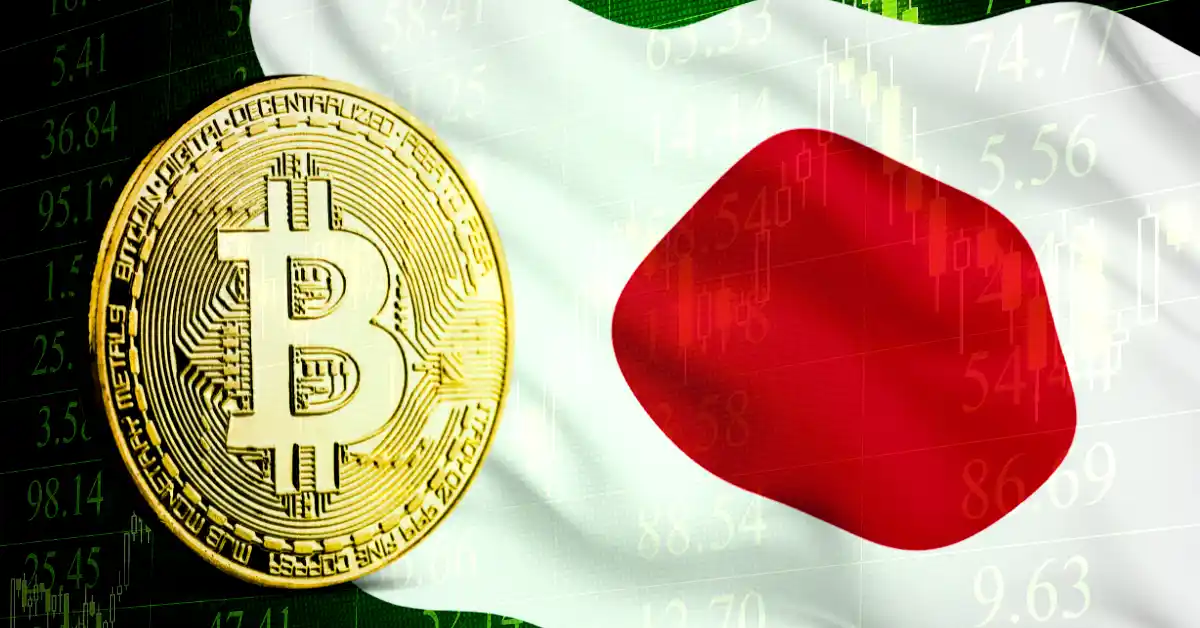Japan’s Bond Crisis: Unraveling the Fault Lines Beneath Global Financial Stability
Japan’s government bond market, once the epitome of ultra-stability and safe yields, is now sending alarm signals that ripple far beyond its borders. The surge in yields—especially the 30-year Japanese Government Bond (JGB) yield breaking through the 3% mark and reaching multi-decade highs—marks a critical juncture. This crisis encapsulates a web of fiscal, monetary, and global interdependencies with vast implications for markets worldwide.
—
The Anatomy of Japan’s Debt Challenge
Japan’s public debt stands at an astronomical level: over 260% of its GDP, by far the highest among developed economies. This towering debt ratio, combined with decades of near-zero and even negative interest rates, crafted a fragile equilibrium where the Bank of Japan (BOJ) sustained financial stability through persistent bond market interventions and yield curve controls.
Recently, the BOJ has gradually withdrawn from aggressive bond purchases, attempting an exit from its ultra-loose monetary policy. This retreat exposed underlying vulnerabilities, triggering a swift and sharp surge in long-term yields. With the 30-year JGB yield hitting record highs unseen in decades, investor confidence has faltered, sparking a liquidity crunch in what was once considered the safest government debt market.
—
Liquidity Collapse and Market Reactions
The sudden rise in yields has caused significant selling pressure, wiping more than half a trillion dollars in value from Japan’s government bond market within weeks. Institutional investors—both domestic and international—have begun offloading Japanese government bonds to manage risk and rebalance portfolios.
This selloff is not contained within Japan. The country’s large holdings of US Treasuries and the possibility of dumping these to fund domestic needs have sent jitters throughout the U.S. Treasury market. Increased yields in Japan correlate with rising U.S. Treasury yields, feeding global concerns about a cascading effect on sovereign debt instruments worldwide. A drop in Japanese demand for U.S. bonds, given its fiscal pressures, threatens to destabilize global bond markets, increasing borrowing costs and volatility.
—
Bank of Japan’s Dilemma and Policy Constraints
The BOJ faces a policy trilemma: supporting economic growth, containing borrowing costs, and maintaining currency stability. Ending decades of yield curve control has inadvertently sparked the bond market turmoil, yet continuing market interventions risks perpetuating fiscal imbalances and inflating asset bubbles.
With Japan’s aging population, sluggish economic growth, and this expanding fiscal burden, monetary policy options are limited. The BOJ’s moves have thus become a tightrope walk between allowing market forces to reprice risk and preventing a full-scale crisis that could destabilize not only Japan but global financial markets.
—
Global Implications and Market Contagion
Japan’s bond crisis is a harbinger of stress for global investors, particularly sovereign bond markets. The following points summarize the wider impact:
– US Treasury Market Volatility: Japan’s potential large-scale selloff of U.S. debt could trigger a rise in U.S. Treasury yields, reminiscent of stresses last seen in 2007 or during the 1994 bond market crisis, amplifying borrowing costs in the U.S. and globally.
– Currency Turbulence: The yen is under pressure as concerns over Japan’s fiscal stability rise. A weaker yen might incentivize further Japan-based divestments abroad, worsening the cycle of market instability.
– Investor Flight to Alternatives: Against this backdrop, scarce assets like Bitcoin have surged, with Bitcoin nearing its halving cycle high and hitting upwards of $107,000–$109,000. Cryptocurrencies are increasingly perceived as a hedge against monetary debasement and traditional finance failures, fueling a new frontier in investment strategies.
—
Bitcoin’s Rising Role Amid Debt Market Stress
Bitcoin’s recent rally is closely intertwined with Japan’s bond market woes. Investors sensing sovereign debt fragility and currency risks are rotating capital into decentralized, scarce assets offering a break from traditional financial interdependencies.
Several factors drive this dynamic:
– Hedge Against Inflation and Monetary Expansion: As Japan and other developed economies resort to perpetual monetary easing to manage debt burdens, Bitcoin’s fixed supply gains appeal as a store of value.
– Liquidity Haven Amid Bond Market Volatility: With government bonds under stress and the bond market’s liquidity drying up, Bitcoin offers an alternative avenue for portfolio diversification.
– Symbolic Shift in Reserve Asset Debate: Japan’s crisis reignites global conversations about Bitcoin and similar cryptocurrencies potentially becoming part of sovereign reserve strategies, particularly in countries facing chronic debt dilemmas.
—
Lessons and Forward-Looking Perspectives
Japan’s bond market crisis is a striking case study in the complexities of managing sovereign debt at historical extremes. Key lessons emerge:
– Debt Sustainability Requires Broad Policy Coordination: Monetary tools alone cannot contain fiscal pressures indefinitely; structural reforms and fiscal discipline are essential.
– Market Confidence Is Fragile and Systemic: Even markets famed for stability can unravel swiftly once intervention thresholds shift.
– Innovation in Financial Instruments and Reserves: The exploration of Bitcoin-enhanced treasury bonds or integrating digital assets into sovereign reserves may emerge as novel responses to persistent debt challenges.
– Global Interconnectedness Demands Vigilance: Sovereign debt troubles in one country can rapidly propagate through interconnected capital markets, necessitating coordinated global oversight.
—
Conclusion: A Global Reckoning Triggered by Japan’s Bond Shock
Japan’s experience underscores a growing fault line beneath the global financial system—where aging demographics, staggering sovereign debts, and constrained monetary tools collide. The recent surge in Japanese bond yields reflects a profound reassessment of risk and value in government debt markets. As traditional safe havens wobble, investors are turning to alternatives like Bitcoin, whose rising prominence reflects deeper questions about the future of money and value preservation.
This episode is more than a localized crisis; it signals a critical juncture, prompting governments, central banks, and investors alike to reconsider the sustainability of the existing financial architecture. Japan’s bond market turmoil is a cautionary tale that may well reshape global economic narratives for years to come.





